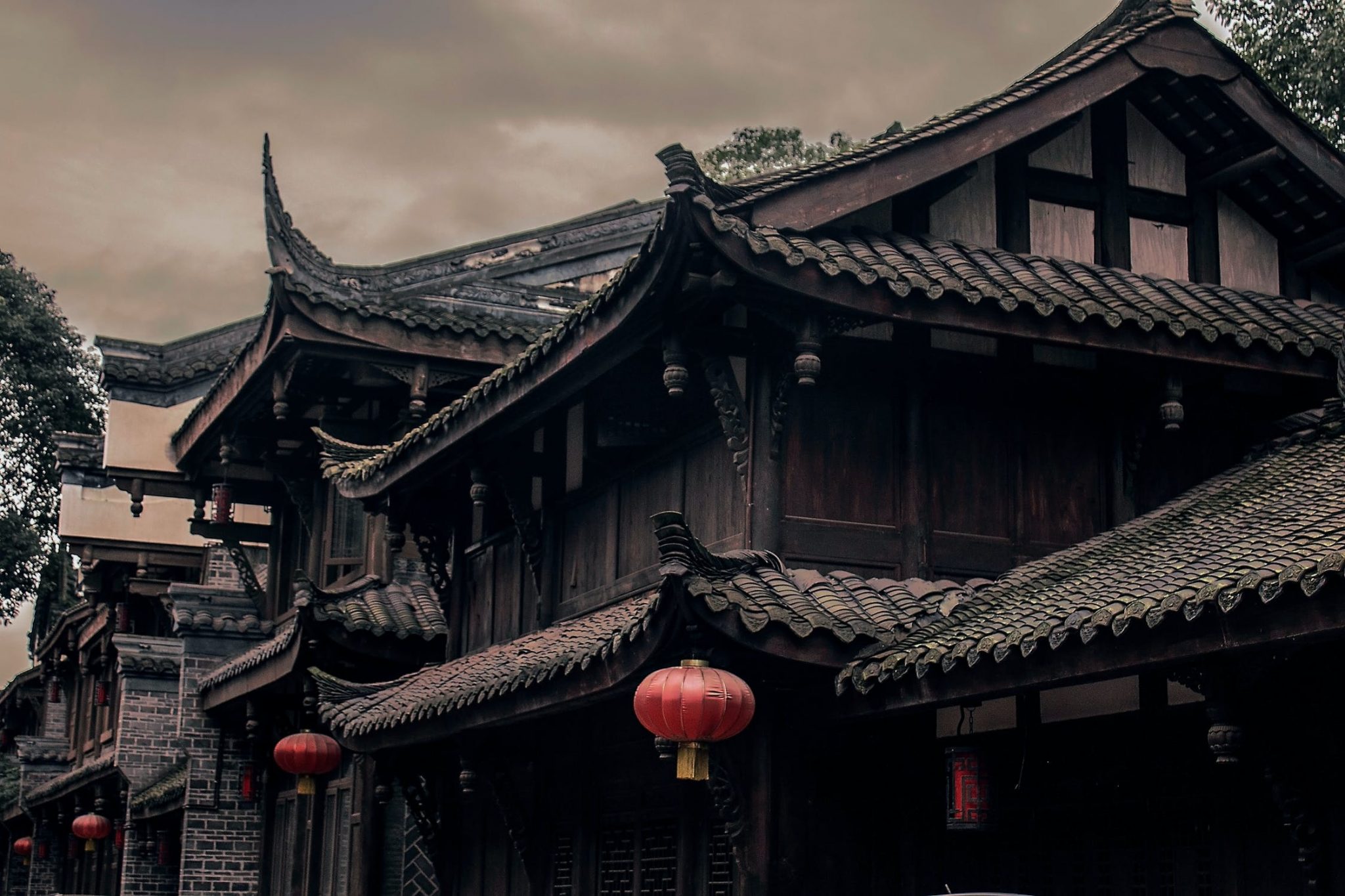Close up to the surface: reflections on a preliminary forensic study of four Chinese bronze mirrors
Close up to the surface: reflections on a preliminary forensic study of four Chinese bronze mirrors
Jiafang Liang (Faculty of Education, The University of Hong Kong)
Quentin Parker (Department of Physics, Faculty of Science, The University of Hong Kong). Professor Parker teaches the Common Core course CCCH9052 China: Culture, State, and Society.
Citation:
Liang, J., Parker, Q. Close up to the surface: reflections on a preliminary forensic study of four Chinese bronze mirrors. Herit Sci 9, 25 (2021). https://doi.org/10.1186/s40494-021-00496-2
Read Full Article

Abstract:
This article presents a generic, objective and evidence based forensic study of 4 very different Chinese bronze mirrors. The work was done within the Architectural Conservation Laboratory (ACLab), the Department of Physics, the Faculty of Medicine and also the Planetary Spectroscopy and Mineralogy Laboratory (PSML) all at the University of Hong Kong. The mirrors nominally cover the period of the Warring States (475–221 BC), Han (206 BC to 220 AD) and later Song (960–1279AD) dynasties. Comprehensive, mostly non-invasive, analytical methods and techniques were used. These included surface microscopy of tool marks, patina, corrosion and any residual archaeological evidence. Ultraviolet radiation examination, chemical spot testing and polarised light microscopy of ground-up patina samples was also done. More sophisticated “pXRF” X-ray fluorescence, “MARS” tomographic X-ray scanning and infrared spectroscopic analysis of the bronze alloys, corrosions and any earthen encrustations were also performed. This was to uncover as much forensic evidence as possible for these unprovenanced bronze mirrors. The results have revealed key metallurgical information of those four mirrors along with surface patina morphology and details of the corrosion and residual surface archaeology. A database on the physical condition of these mirrors has been established and burial/treatment history revealed. Mirrors 1 and 2 appear to have been heavily cleaned, polished and treated with abrasives in modern times. Mirror 2 in particular, has some problematic corrosion and inconclusive alloy composition. Mirror 3 and 4 both have archaeological evidence and no contrary forensic data that questions authenticity. Forensic study and verification of objects and artworks for academic purposes remains a legitimate and vital undertaking for universities, museums and national collections across the globe. Hence, the issue of authenticity when archaeological context is lacking is discussed. However, our key aim is to establish what can be learnt from technological, forensic investigation when studying bronze mirrors without further context and records, and what firm, generic evidence can be extracted from such close forensic examination to shed light on their true nature. We hope this will be useful for other researchers.


